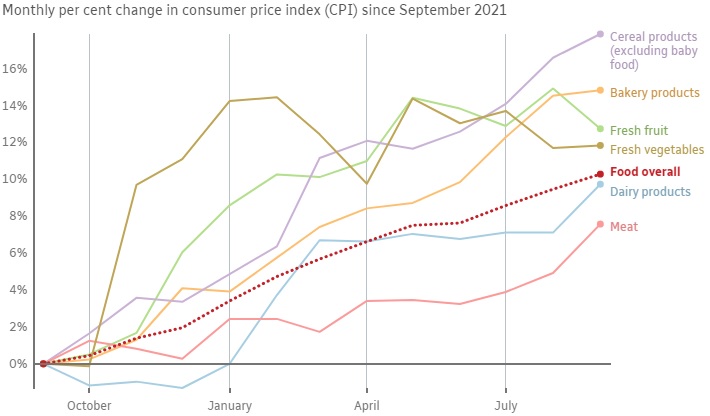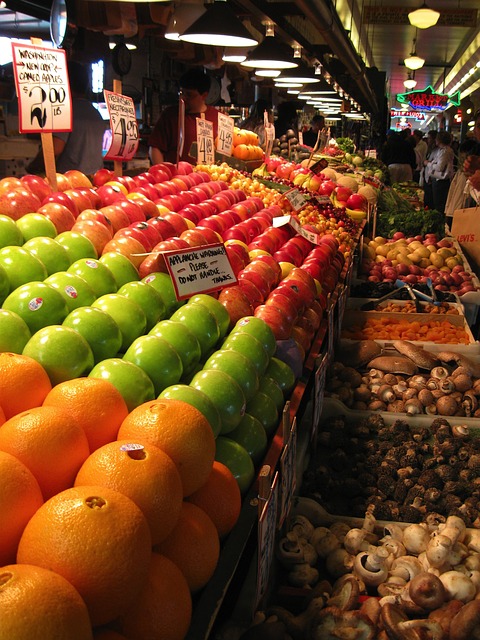It looks like Canadian food prices are set to cause some pain as they rise again.
Some food chain’s price freezes on increases that extended over the holiday season are coming to an end and other issues that affect the supply chain aren’t helping either.
Last fall, Loblaw Cos. Ltd. said it would lock-in prices on all its in-house No Name products until Jan. 31, while Metro Inc. said it would hold prices of most private-label and national brand products steady until Feb. 5.
The head of Metro said recently the Montreal-based grocery chain received more than 27,000 price increases from suppliers in 2022 averaging more than 10 per cent for dry groceries alone – triple the annual rate.
It’s unclear just how much food prices in Canada could rise in the coming months, although December was at a rise of 11 percent year over year.
Other Issues
The war in Ukraine, flooding in California and the strength of the Canadian dollar are all factors that can play a role in affecting price points.
Relief Coming?
As spring approaches and Canada’s reliance on imported fruits and vegetables goes down, so should prices say experts.
Prices of Food at a Glance – Statistics Canada

Health and High Food Prices
As many opt for cheaper options in the grocery isle, another concern is that health can be adversely affected as items like fresh fruit, fresh vegetables and meat have risen significantly.
For a family of four, the total annual grocery bill is expected to be $16,288 — $1,065 more than it was this year, according to the 13th edition of Canada’s Food Price Report .
The increasing reliance on food banks is expected to continue as well, with 20 per cent of Canadians reporting they will likely turn to community organizations in 2023 for help feeding their families, a survey included in the report found.
Bottom Line – Consumers are having to budget more for groceries and experts say coupon clipping and stocking up may become the norm again as Canadians try to keep up with prices.











